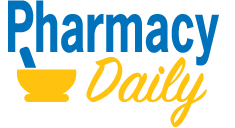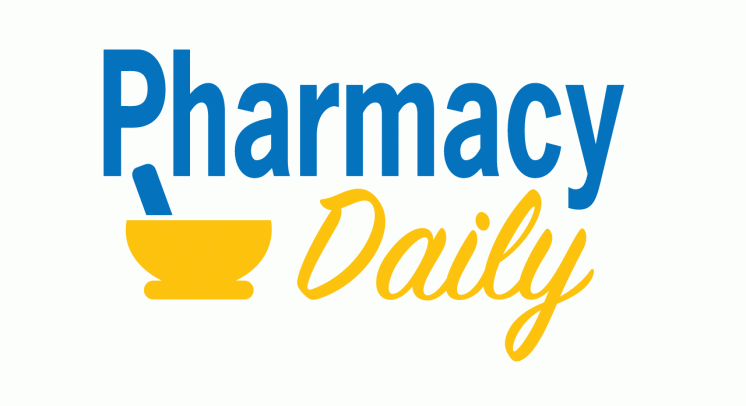JUST one in 10 common non-surgical and non-invasive treatments for back pain are effective, and pain relief is only marginally better than placebo, according to Australian research published today.
A total of 301 trials investigating 56 different treatments or treatment combinations for non-specific low back pain were included in a pooled data analysis conducted by researchers from Neuroscience Research Australia, the University of New South Wales and the University of Sydney.
The trials were carried out in a total of 44 countries in Africa, North America, South America, Asia, Australia and Europe.
The approaches included were pharmacological, such as non-steroidal anti-inflammatory drugs (NSAIDs) and muscle relaxants, and non-pharmacological, such as exercise, massage and spinalmanipulation.
The pooled data analysis showed that compared with placebo, no non-pharmacological treatments and only NSAIDs emerged as effective for acute low back pain.
Treatments that were not effective included exercise, steroid injections and paracetamol.
For chronic low back pain, exercise, spinal manipulation, taping, antidepressants and drugs that target pain receptors (TRPV1 agonists) were effective, but the effects were small.
Anaesthetics (i.e. Lidocaine) and antibiotics were not effective.
Evidence was inconclusive for a wide range of commonly used treatments, including acupuncture, massage, osteopathy, TENS and complementary medicines.
Low back pain is common and debilitating, and 80%-90% of it is categorised as non-specific, because there is no immediately identifiable cause.
Non-surgical and non-invasive approaches are recommended as the initial treatment approach.
But many such options are available, said the researchers, and it is not always easy to know which ones are effective.
Many of the available trials included in the analysis had only a few participants and reported inconsistent results, while the type and quality of some of the placebos used varied considerably, potentially affecting the certainty of the findings, they pointed out.
"Our review did not find reliable evidence of large effects for any of the included treatments, which is consistent with clinical guidelines and our previous review," the researchers said.
"While we would like to provide more certain recommendations for where to invest and disinvest in treatments, it is not possible at this time," they concluded.
Read the paper HERE. KB
The above article was sent to subscribers in Pharmacy Daily's issue from 19 Mar 25
To see the full newsletter, see the embedded issue below or CLICK HERE to download Pharmacy Daily from 19 Mar 25









